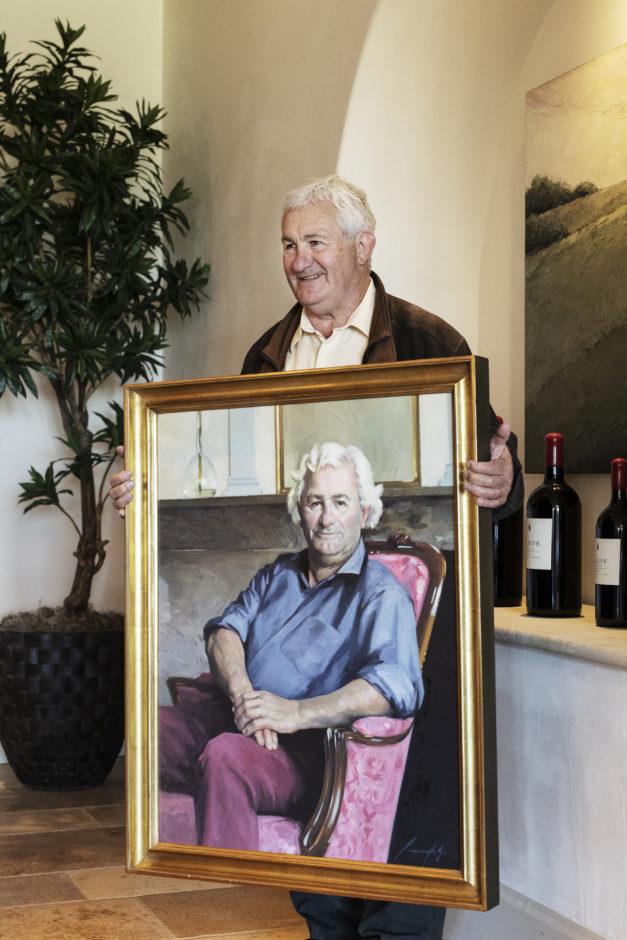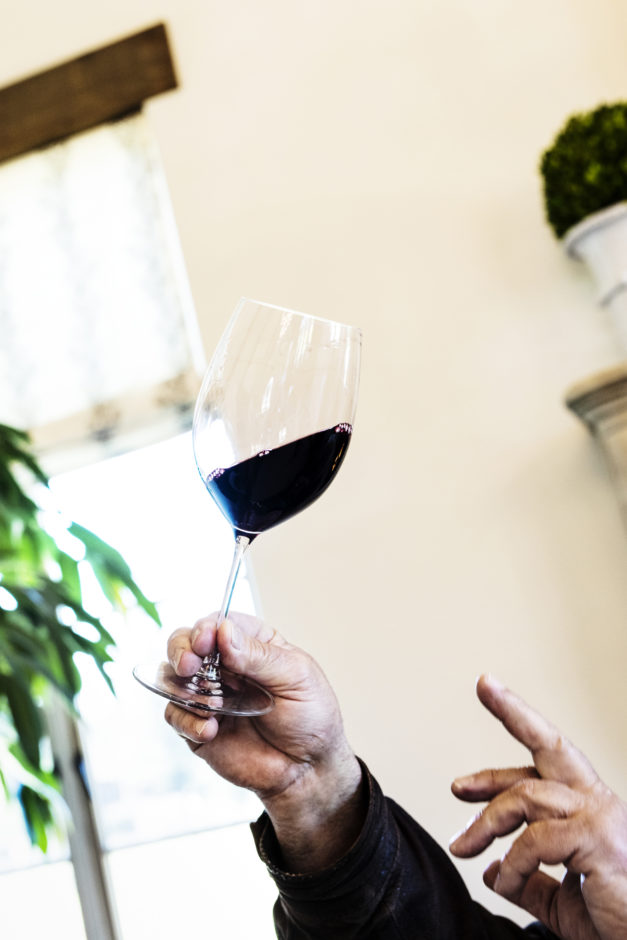08th Jun 2022
Before there was a servant to the soils, and before there was a trio of Bordeaux varieties blends expressing dozens of different Sonoma micro-crus, and before there were the shared memories of two intertwined families, there existed a linchpin thought. Jess Jackson’s thought connected high-quality wine with Northern California cultural heritage. This thought could not be measured, analyzed, scored, or even described. But it was nonetheless a truth.
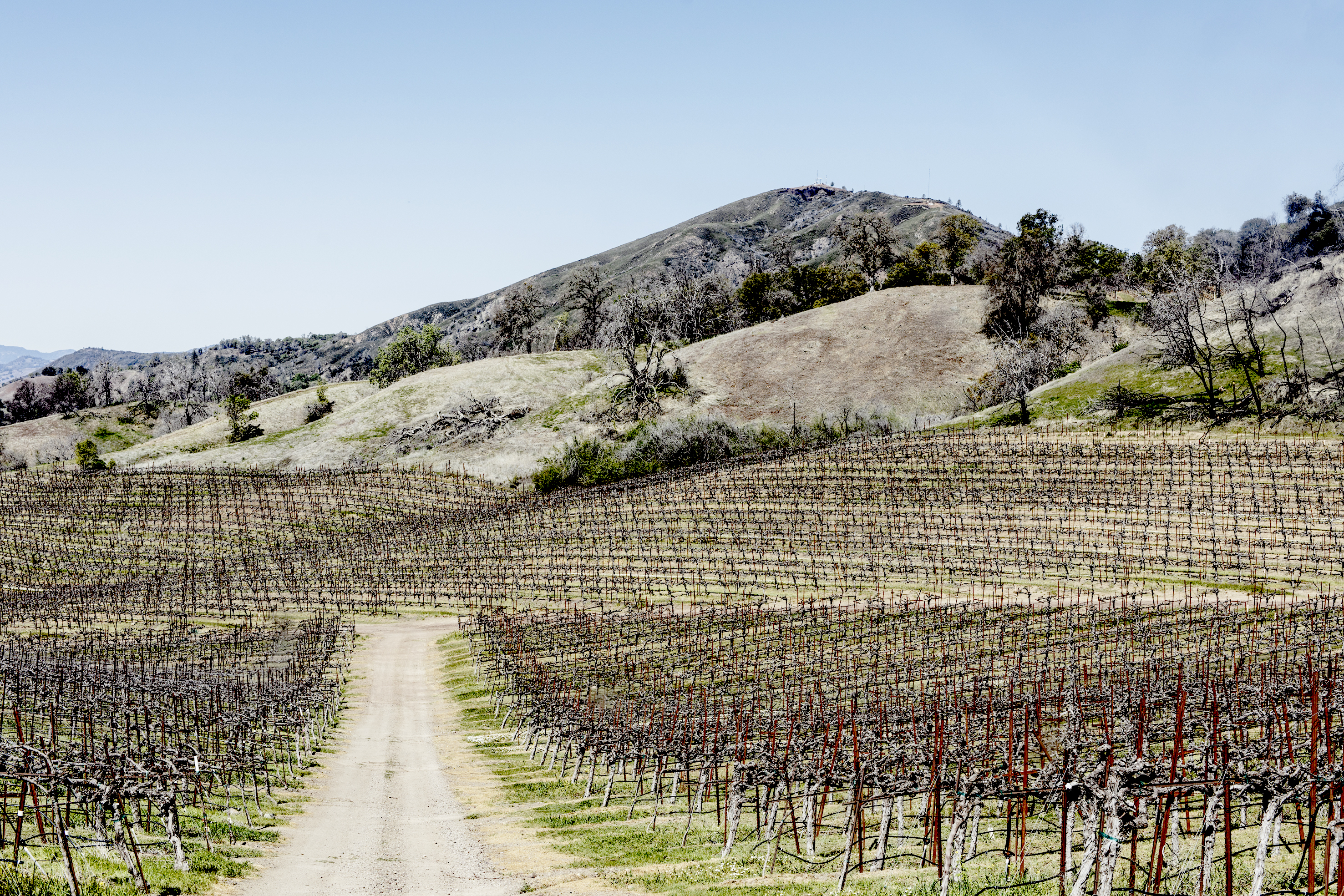
Jess Jackson’s Truth
Nowadays, Jess Jackson’s name is synonymous with one of the largest and most powerful family-owned wine brands in the world: Kendall-Jackson. But Jackson did not come from wealth. He grew up in San Francisco during the great depression. His father was a teacher. Fortunately, Jackson was smart. He managed to put himself through the University of California Berkeley’s Boalt Hall School of Law by working various jobs, including as a Berkeley police officer and an ambulance driver.
“Berkeley Law School was really strict back then,” Jess Jackson’s son, Christopher Jackson, shared. “You weren’t allowed to work while you were studying there. But one day, my father was called to an accident scene, and he needed to work past his shift end. He then had to go to a lecture, and there was no choice but to turn up in his uniform. The professor noticed, and dad was almost expelled for that.”
Jess Jackson went on to become a successful real estate and land-use attorney. Then in 1974, he bought an old orchard of walnut and pear trees in Lakeport in Northern California with plans to convert it into a vineyard. This became the basis of Kendall-Jackson.
“Christopher Jackson, his sisters, and my brother and I kind of grew up together,” said Pierre Seillan’s daughter, Hélène. “Our parents would go wine tasting at these famous estates in Bordeaux, and we would play outside. I remember we were playing around a murky pool in the garden at Mouton Rothschild while our parents were inside with Philippine de Rothschild. Christopher jumped into the pool, thinking it wasn’t very deep, but he went in over his head. He was completely soaked. It was scary and embarrassing but also very funny.”
In 1997, Jess Jackson and his wife Barbara Banke hosted the Seillan family in Northern California. “That trip was only meant to be a family vacation,” Pierre Seillan said. But it was a vacation that changed their lives.
Jess Jackson arranged an aerial tour for Pierre Seillan of his substantial Northern California land holdings. Passing over this vast array of mountains, hills, trees, soil types, crops, and coastline got both minds racing.
By the end of the 1997 California vacation for the Seillan family, Jackson’s linchpin thought turned into a question. He asked Pierre if he could make a wine from this area that was better than Petrus. “Why not better?” Seillan replied. Liking this answer, Jackson hired him.
“I was approaching 50 years old then,” Seillan pointed out. “And here I was, moving my wife and children from Bordeaux to Sonoma to chase this dream. We spoke very little English. It was crazy. But I knew it was the right thing.”
As it turned out, Seillan’s first vintage was more like a nightmare than a dream. “1998 was an El Nino year,” Seillan said. “Monique (Seillan’s wife) was telling me it was worse than a bad year in Bordeaux. She was wondering where we had come. There was terrible bloom for the Merlot, but the Cabernet was ok. It just rained constantly. I couldn’t imagine how I could make the wine I promised. We started harvest on the 4th of October and then waited. By the 28th of October, the end of harvest, the situation was so bad. But I knew a few things from my experience in Bordeaux. We made verjus (a juice from under-ripe grapes) from the second crop grapes and added this to increase the acidity of the wines in a more natural way. Then I put some Pinot Noir vine cuttings into the pressings to improve the structure.”
In 2011, Jess Jackson passed away, but his linchpin thought flourishes. His wife, Barbara Banke, heads-up Kendall-Jackson and Jackson Family Wines. A philanthropist and advocate for educational charities, Banke has nurtured and wisely grown the family’s portfolio of renowned vineyards and wineries from around the world. Christopher Jackson works alongside his mother and the Seillans developing their vineyards and labels, with a particular passion for Alexander Valley. And the Seillan family remains intertwined with the Jackson family, with Pierre Seillan heading up Vérité as well as the Jackson family’s Saint-Émilion Grand Cru property, Château Lassègue, and another of their high-level Sonoma-based estates in Knights Valley, Anakota. Pierre’s son, Nicolas, lives in Bordeaux, overseeing the winemaking at Château Lassègue. Hélène assumes more and more of the winemaking responsibilities at Vérité, preparing to step into Pierre’s role one day.
- Pierre Seillan"I’m a slave to the soils."
Seillan’s core philosophy for making the Vérité wines is based on what he calls the “micro-crus.” These are the many sites and soils he has isolated and cherry-picked from the significant Jackson family Sonoma vineyard holdings over the years, equating to small batches he vinifies for blending.
“I’m a slave to the soils,” Pierre Seillan explained to me years ago during one of my first tastings with him. “Blending for me is like building great architecture.”
In February this year, I spent a half a day with Christopher Jackson and Pierre and Hélène Seillan touring just a few of the core vineyards that go into the three Vérité blends. Spread over the Knights Valley, Bennett Valley, Alexander Valley, and Chalk Hill AVAs in Sonoma, the vineyards encompass hundreds of acres. Driving from one to another can take an hour or more. Some of the sites are in remote locations of breathtaking beauty but were difficult to establish due to the absence of utilities or even access roads.
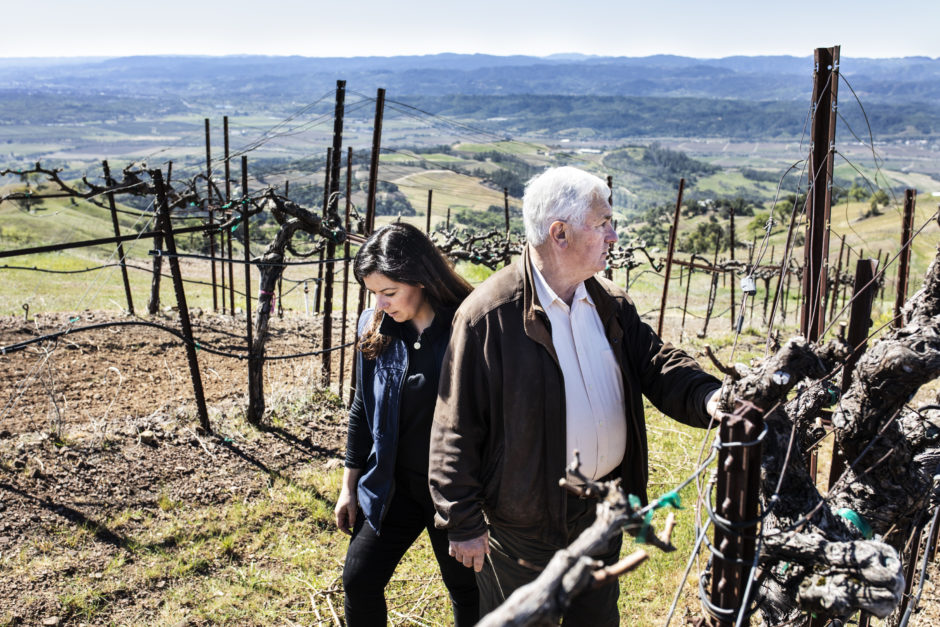
Today, Pierre Seillan and his daughter Hélène compose the final blends for the three Vérité wines using over 100 different lots, based mainly around the 40 varying soil types and the 50+ micro-crus Pierre has isolated within the Sonoma vineyards. These micro-crus are Pierre Seillan’s unique approach to achieving Jess Jackson’s vision of connecting high-quality wine with Northern California cultural heritage. The large range of blending components based on a wide variety of soils and sites allows Seillan to forge wines that possess jaw-dropping complexity and continue to capture what he came here to do: express Jess Jackson’s truth. This may not something that can be measured, analyzed, scored, or even described. But I believe that anyone who hears Jackson’s story and tastes these wines can also experience this truth.
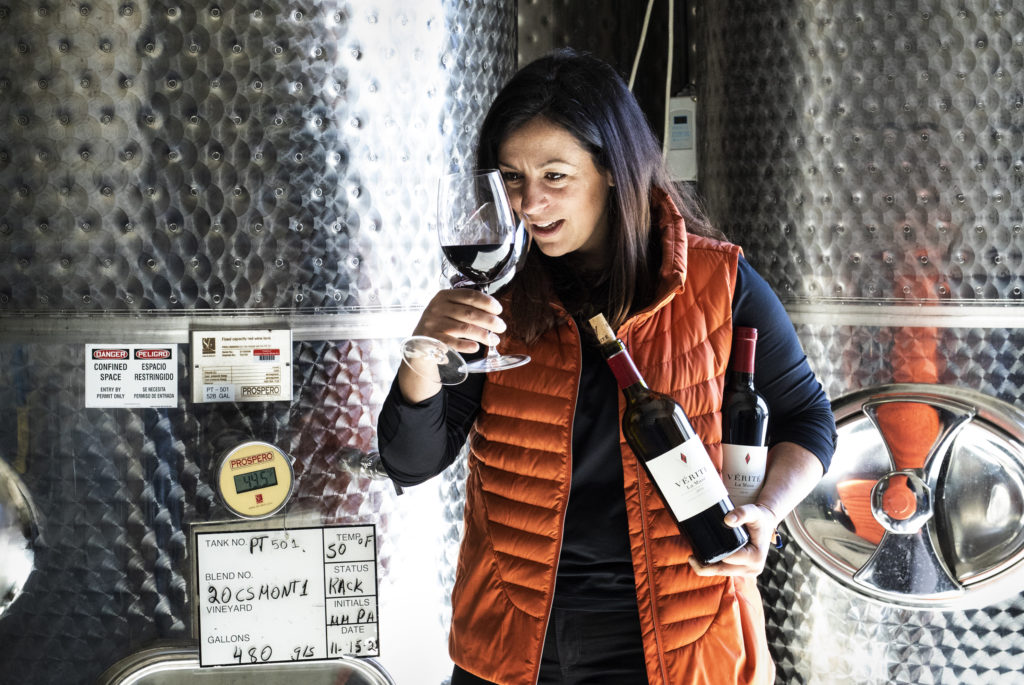
New Developments
From the first 1998 vintage, the winemaking at Vérité has been hands-on and unapologetically basic. There’s never been any fancy equipment or expensive tools, apart from the best French oak barrels for aging. The emphasis has always been on the vineyards and blending. Therefore, it was a surprise to drive up to the winery earlier this year and find an extensive cellar reconstruction and building project underway. The new chai has been designed in part by Pierre’s son, Nicolas. There are no plans to install fancy new equipment, but on a practical level, it will afford a lot more workspace with an impressive barrel cellar and a stunning hospitality center.
The other surprise this year is that the Vérité team will be releasing a 2020 vintage of all three of the wines. Many wineries around Napa Valley and Sonoma have decided not to release any 2020s due to smoke taint from the fires that year.
“I have never seen such beautiful grapes as in 2020,” Pierre informed me. “The size of the clusters, the balance of the vines—everything was ideal. As you know, we pick early. The fires had started, and we had some smoke, but the smoke didn’t linger here. We started picking the first week of September and had everything in within 12 days. Everything is still in oak right now, but we will rack these into tank by May. So, there’s no smoke, but there is a lot of intensity in the wines. Our yields were small, only 2-2.5 tons to the acre, but not bad in 2020. We’ve been controlling yields at pruning for many years. The only thing we couldn’t use this year was the Petit Verdot because it was harvested too late.”
My reviews here also include the 2002 Vérité wines. Limited stocks of the 2002s from the winery’s cellar will soon be rereleased.
–
Article & Reviews by Lisa Perrotti-Brown MW
Photos by Svante Örnberg
See more work from Svante at svanteornberg.se by clicking here!

PRODUCERS IN THIS ARTICLE
> Show all wines sorted by scoreMore articles

Pilcrow’s New Releases
18th Apr 2024
7 tasting notes
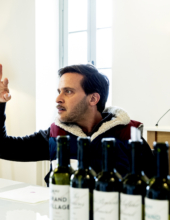
Bordeaux 2023 Primeurs Photo Essay
18th Apr 2024
0 tasting notes
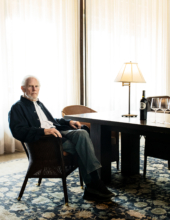
Harlan Estate, BOND, Promontory 2021 and 2011
11th Apr 2024
14 tasting notes
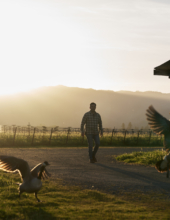
Favia 2012-2021
04th Apr 2024
17 tasting notes
Show all articles
